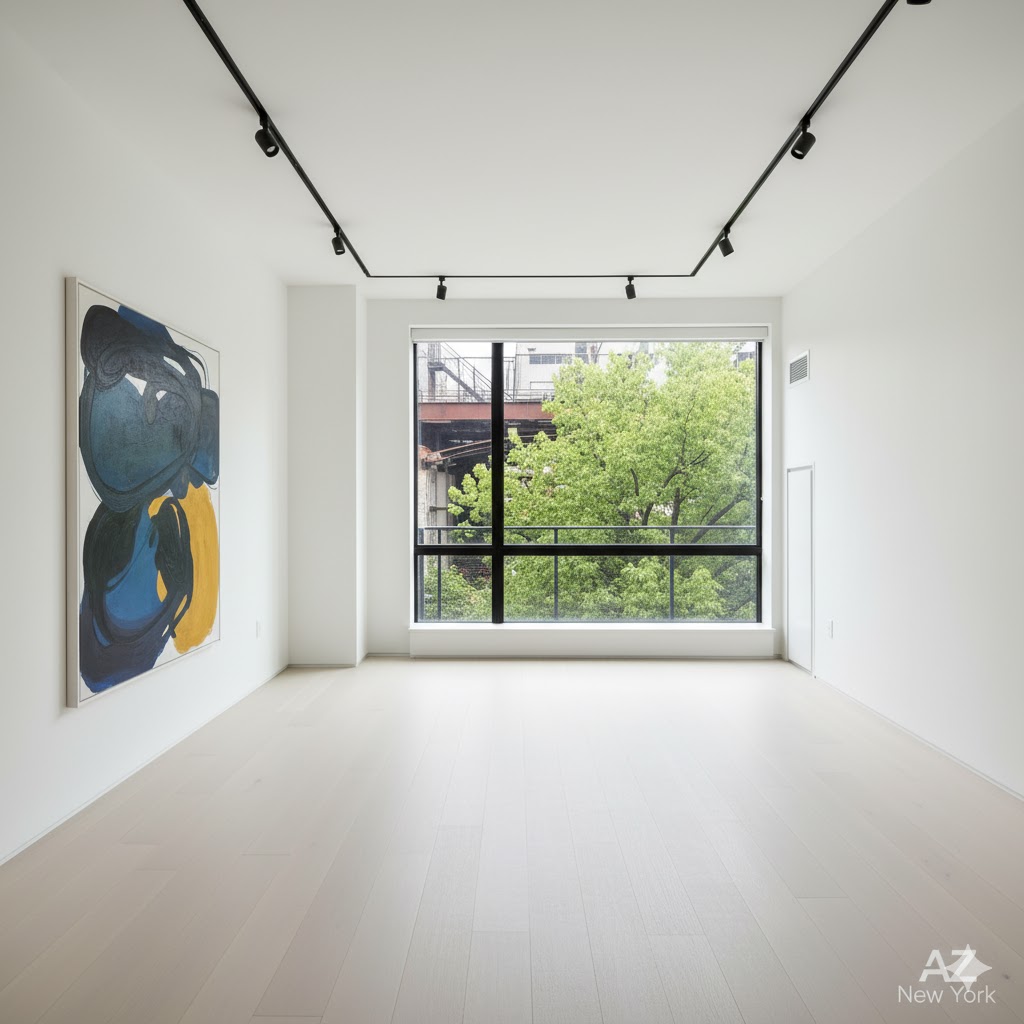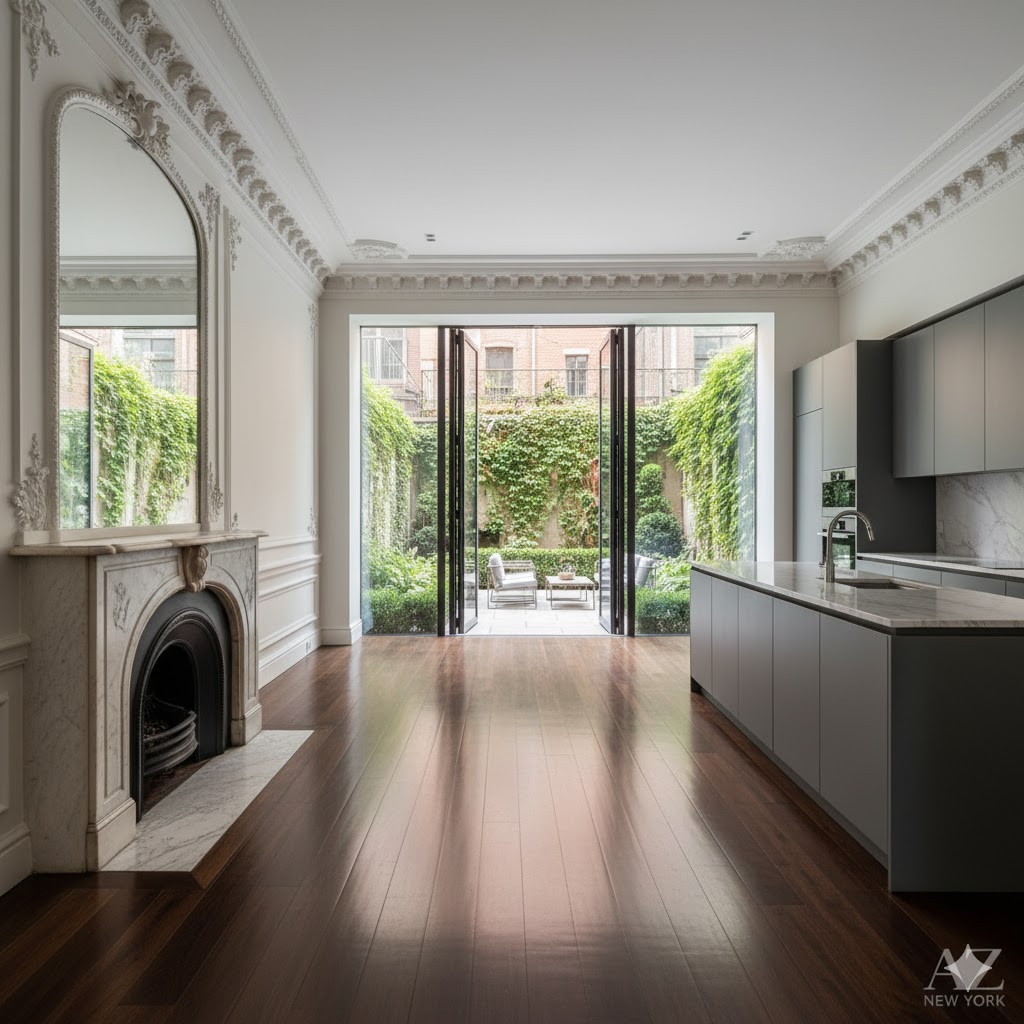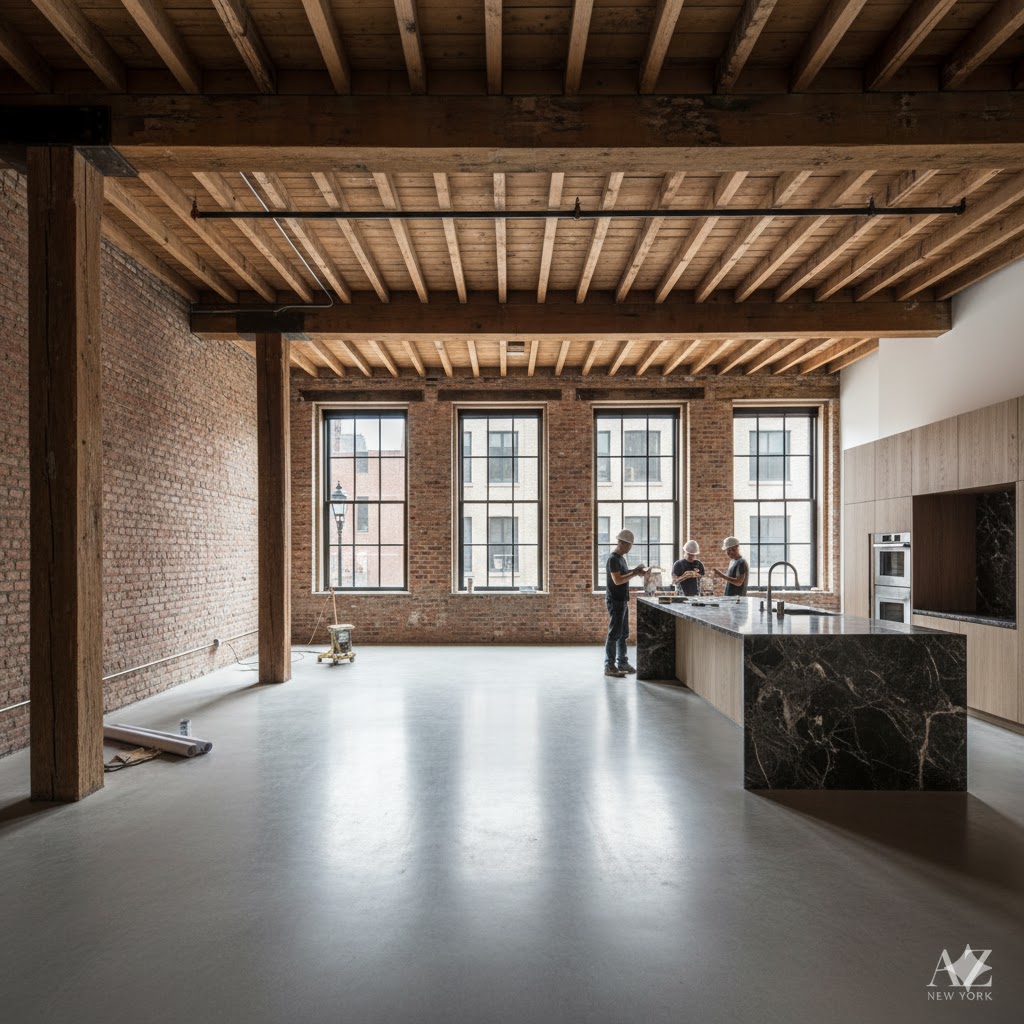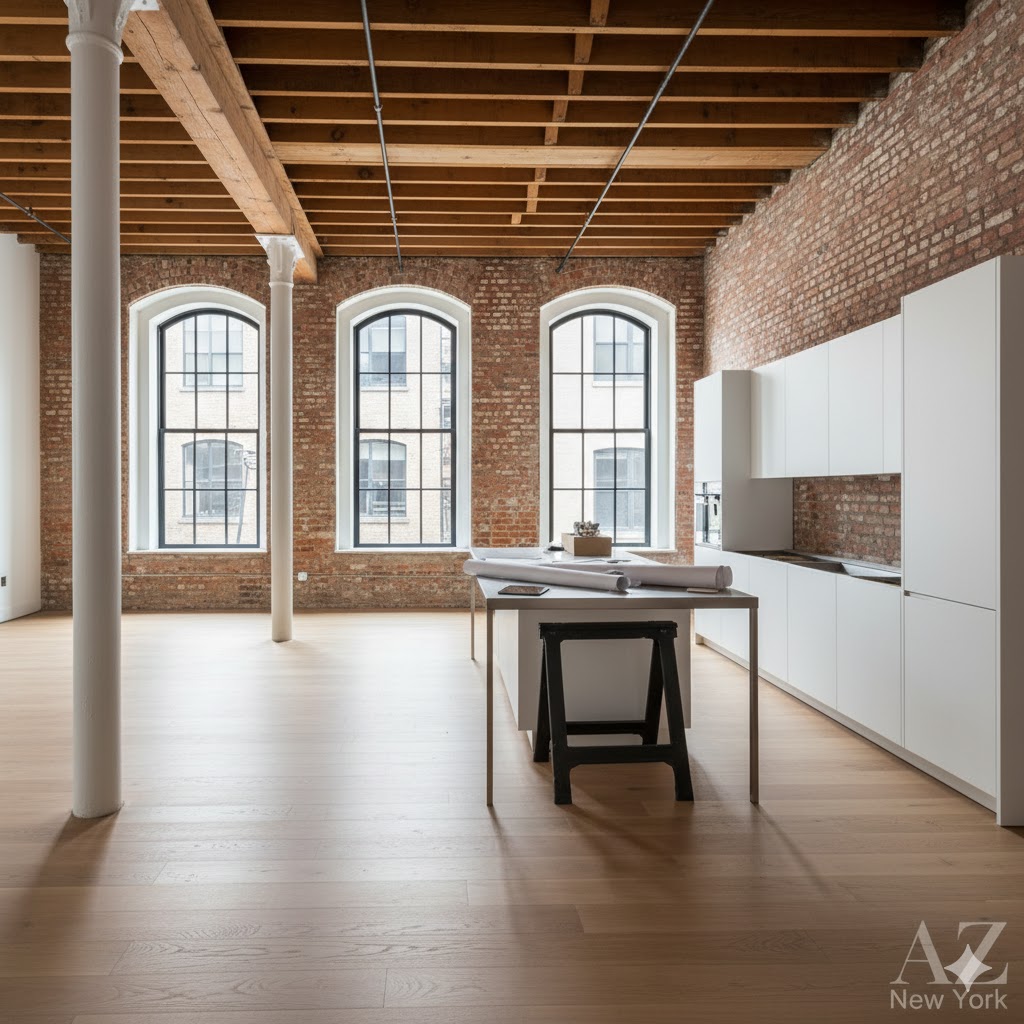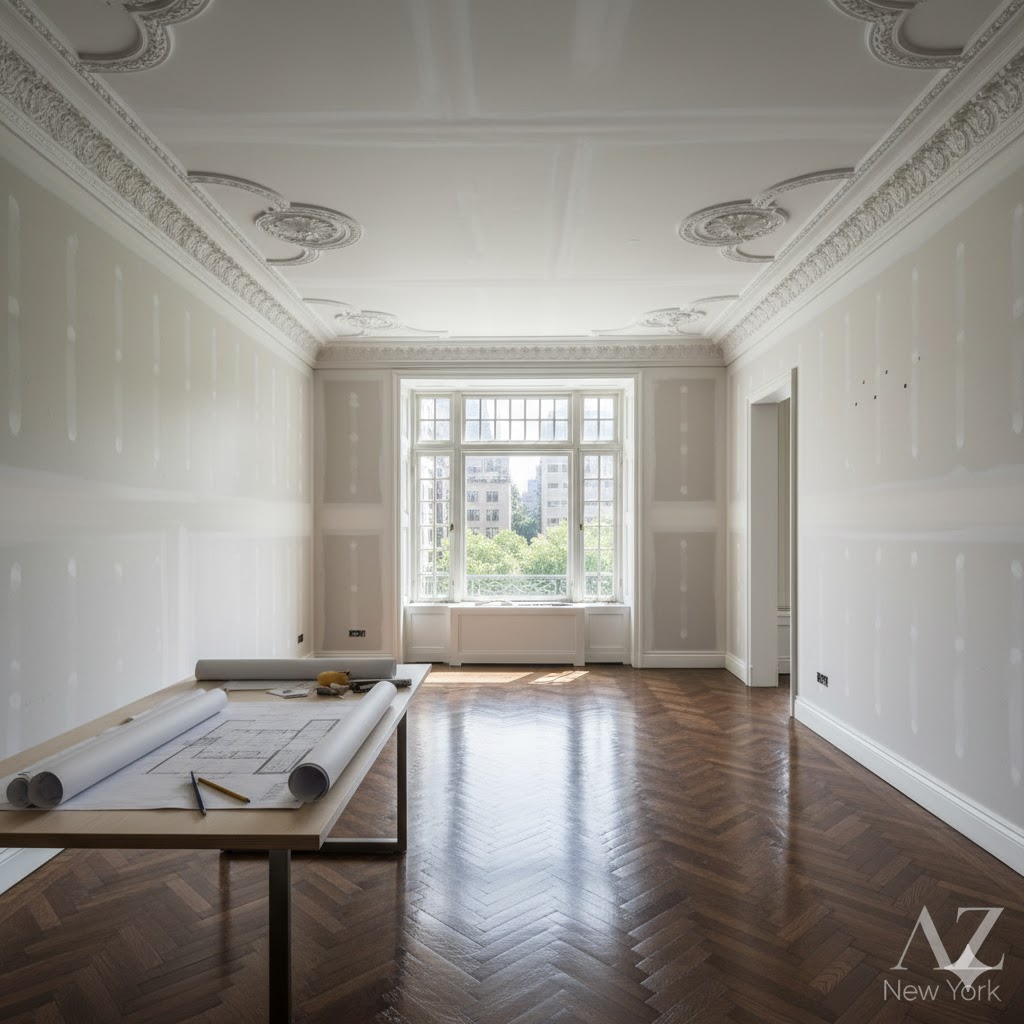Buying Old Townhouses in Fort Greene, NYC
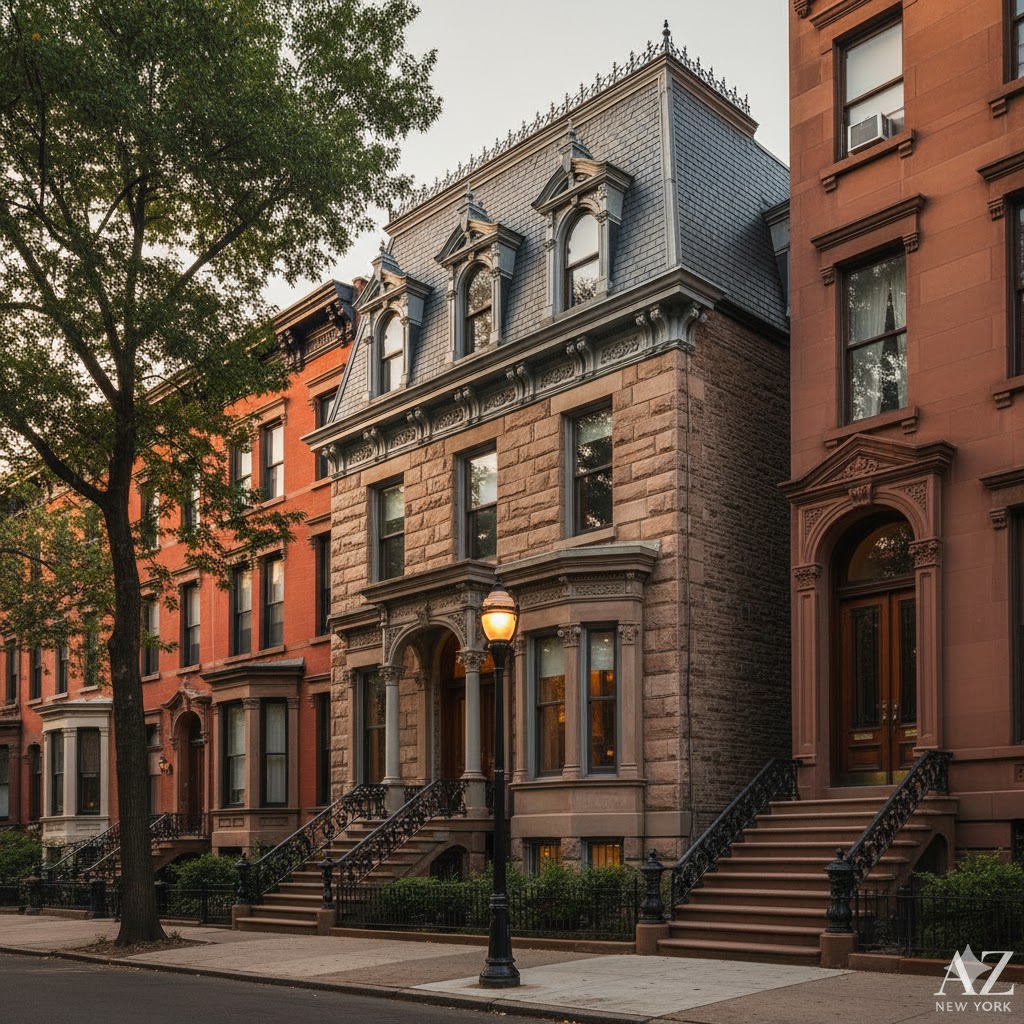
Buying Old Townhouses in Fort Greene, NYC: A Guide to Renovating and Reselling for Profit
Fort Greene, a historic and culturally vibrant Brooklyn neighborhood, is an investor’s dream, anchored by Fort Greene Park and the BAM Cultural District. Known for its stunning and diverse rowhouse architecture—including Italianate brownstones and Second Empire “mansions”—investing here involves renovating and restoring historic townhouses for a sophisticated, arts-focused buyer.
🏙️ Why Invest in Fort Greene?
Fort Greene offers a compelling mix of assets: a massive, beautiful park (designed by Olmsted and Vaux, like Central Park), a world-class cultural hub (the Brooklyn Academy of Music), and a major transportation center (Atlantic Terminal). This combination creates unmatched demand.
The housing stock is incredibly diverse, offering opportunities to restore grand brownstones, unique wooden-frame houses, and even smaller brick rowhouses. The profit is in the “single-family conversion” or creating a high-end “owner’s duplex,” preserving the unique architectural details (like mansard roofs or wooden cornices) that set Fort Greene apart.
🔍 Comparative Table: Fort Greene Townhouse vs. Park Slope Townhouse
| Feature | Fort Greene Townhouse (for Renovation) | Park Slope Townhouse (for Renovation) |
|---|---|---|
| Architectural Style | Extremely diverse: Italianate, Second Empire (mansard roofs), Neo-Grec. More “eclectic.” | More uniform: Known for its deep brownstone and limestone Renaissance Revival rowhouses. |
| The “Vibe” & Buyer | “Cultural Hub.” Artsy, diverse, intellectual. Centered around BAM and the park. | “Brownstone Family Life.” Centered around Prospect Park and top-rated schools. |
| Acquisition Cost | Very High (e.g., $3.5M – $6M for unrenovated). | Very High (e.g., $4M – $7M+), slightly higher on average. |
| Renovation Hurdle | Extreme. The Fort Greene Historic District is very strict and protects diverse/older styles. | Extreme. Multiple large historic districts (LPC approval is mandatory). |
🔨 3 Case Studies: Successful Fort Greene Flips
- The “BAM-Adjacent” Single-Family: An investor purchased a 4-story, 4,000 sq ft brownstone (as 4 units) for $3.8M. Action: A $2M, 2-year gut renovation. They converted it to a single-family home, restoring the original marble fireplaces and plasterwork, and adding a modern, steel-and-glass rear extension. Result: Sold for $7.5M. Net profit (pre-tax): ~$1.7M.
- The “Second Empire” Mansard Roof Restoration: A firm bought a rare 25-ft wide “Second Empire” house with a dated roof for $4.5M. Action: A $2.5M “museum-quality” restoration. A large part of the budget ($250k) went to restoring the slate mansard roof and ornate dormer windows per LPC specs. Result: Sold for $9M. Net profit: ~$2M.
- The “Owner’s Duplex” Flip: A couple bought a 3-story brick rowhouse for $2.5M. Action: A $900k renovation. They created a high-end “owner’s duplex” (garden/parlor) and a top-floor 2-bed rental. The focus was on a high-design kitchen and a beautifully landscaped garden. Result: Sold for $4.2M. Net profit: ~$800k.
💡 Pro-Tips for Renovating in Fort Greene
- Budget for Unique Facade Work: Fort Greene isn’t just “brownstone.” You’ll find wood-frame houses, brick, and stone. The Fort Greene Historic District is meticulous. If you buy a Second Empire house, you *must* budget for slate roof and dormer restoration. If you buy wood-frame, you *must* budget for historic wood siding.
- Restore the “Newel Post”: The entry staircase is often the star. Fort Greene homes are known for their incredibly ornate, hand-carved newel posts and banisters. Restoring this (not replacing it) is a critical, high-impact detail.
- The “BAM Factor”: The buyer in Fort Greene is often in the arts, media, or tech. They appreciate high-design, “non-cookie-cutter” finishes. A generic, “builder-grade” renovation will not get top dollar here. Think: custom millwork, bold tile choices (e.g., Cle Tile), and high-end fixtures (e.g., Waterworks).
- The “Garden-Level” Sweet Spot: The most common and profitable renovation is creating a high-end kitchen/family room on the garden level (often with new, larger doors) that flows directly into the private backyard.
✨ Fort Greene Real Estate: Did You Know?
Fort Greene Park, the neighborhood’s 30-acre anchor, was Brooklyn’s first public park and was designed in 1867 by Frederick Law Olmsted and Calvert Vaux, the same legendary landscape architects who designed Central Park and Prospect Park. At its center is the Prison Ship Martyrs’ Monument, a 149-foot column that is the burial crypt for over 11,500 American prisoners of war who died on British prison ships during the Revolutionary War.
❓ Frequently Asked questions (FAQ)
Q: Is Fort Greene or Park Slope a better investment?
A: Both are A+ investments. Park Slope is larger and has a reputation for top-tier schools, appealing to families. Fort Greene has a more “electric” cultural and artsy vibe due to BAM and its proximity to Downtown Brooklyn, and it has better transit access (Atlantic Terminal is the 2nd largest hub in NYC). It’s a matter of buyer profile.
Q: What is a “Second Empire” townhouse?
A: It’s a distinct architectural style from the 1860s-1880s, easily identified by its characteristic “mansard roof.” This is a steep, four-sided roof with dormer windows, which often created a full, usable attic floor. Fort Greene has one of the city’s best collections of them.
Q: What’s the biggest mistake investors make here?
A: Underestimating the “artsy” buyer. The Fort Greene buyer is design-literate. They will notice if you used a cheap reproduction fireplace mantel instead of restoring the original, or if the kitchen cabinets are from a big-box store. The profit is in the “authenticity” and high-design, not the speed of the flip.
📍 GEO Context
- City: New York City
- Neighborhood: Fort Greene
- Borough: Brooklyn
- Category: Luxury Real Estate Investments
For more on historic townhouse restorations and the BAM Cultural District, visit AZ New York.
Keywords for your next internet searches
Fort Greene real estate, NYC brownstone renovation, fix and flip Brooklyn, 11205 zip code, 11217 zip code, 11238 zip code, BAM Cultural District, Fort Greene Park, Landmarks Preservation Commission, LPC, historic townhouse NYC, Second Empire architecture,
mansard roof, single-family conversion, case studies real estate, AZ New York, Brooklyn luxury real estate, Atlantic Terminal, Olmsted and Vaux, Prison Ship Martyrs Monument, owner’s duplex, Waterworks, Cle Tile, restoring newel post
Buying Old Townhouses in Cobble Hill, NYC
Buying Old Townhouses in Park Slope, NYC
Buying Old Townhouses in Brooklyn Heights, NYC
Buying Old Apartments on the Upper West Side, NYC
Buying Old Apartments in Chelsea, NYC
Buying Old Townhouses in Greenwich Village, NYC
Buying Old Lofts in TriBeCa, NYC: A Guide to Renovating and Reselling for Profit
Buying Old Lofts in SoHo, NYC: A Guide to Renovating and Reselling for Profit
Buying Old Apartments on the Upper East Side, NYC

